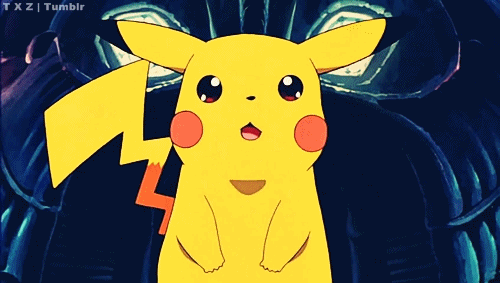After a long quarter, here it is! All the research, time spent in the library, and hours of fidgeting with Camtasia, I have produced my multimodal project!
I wanted my video to speak to all students who have a sense of school spirit. Therefore, I hope mostly high schoolers and college students see this. While I do not mean to say that younger students don’t have school spirit, I just believe that high school and college students have better odds of actually changing their campus to promote more pride within their student body.
In addition, I found myself getting more involved with extracurriculars during my high school years. So to those who are not as involved I implore you to reach out and trying something out! You’ll find many new groups of students who do wonderful things you never knew about.
So with all that in mind, here’s my video. Check it out!
I hope that students find this video helpful in pushing them to get involved with school to help spread the positive energy and sense of pride that comes from school spirit.
I also hope that students realize one doesn’t have to be super involved with the athletic programs at your respective school to help contribute to school spirit. Everything contributes to school spirit and those schools who recognize every aspect of student life have the most driven and passionate students.
In all, I cannot wait to find more things to do at SCU to enhance my time here. Already I’m involved with a new fraternity (ATO) and I’m a Japanese Student Association board member, but I really want to get involved elsewhere too!

Just Like This Pikachu, I’m Shocked At All The Things I Can Do At SCU – Source
Sadly I have to wait until next year. But once next year starts, I’ll be hitting the ground running, looking for things to do to spread the energy and the pride that I have for SCU!



























